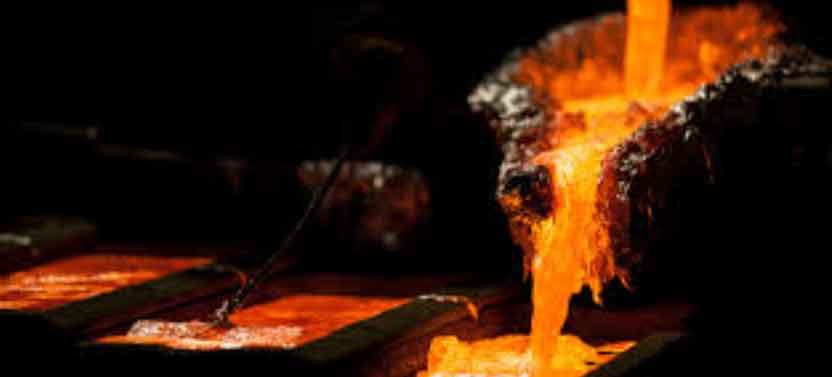
Mastering sand casting requires a combination of techniques, experience, and adherence to best practices. Here are some key techniques and best practices to achieve successful results in sand casting:
Pattern Design and Construction:
Create a well-designed pattern with proper draft angles, fillets, and allowances for shrinkage. Ensure the pattern is robust and can withstand the molding and casting process. Use high-quality materials for pattern construction to ensure durability and accurate replication.
Sand Preparation:
Select the appropriate type and grain size of sand for the casting process. Prepare the sand mixture by combining high-quality silica sand with suitable additives such as clay or binders. Properly blend and mix the sand to achieve uniformity and consistency in mold density.
Mold Making:
Ensure proper alignment and secure positioning of the pattern in the mold. Pack the sand around the pattern firmly and uniformly to avoid defects such as air pockets or sand shifts. Use appropriate tools and techniques for ramming the sand, such as hand ramming or mechanical methods.
Venting and Risering:
Include adequate vents in the mold to allow for the escape of gases during pouring. Proper venting helps prevent casting defects such as porosity. Design and position risers strategically to provide sufficient molten metal supply and aid in the feeding of the casting.
Pouring Techniques:
Maintain a consistent and controlled pouring speed to prevent turbulence and ensure proper filling of the mold cavity. Pour the molten metal at the correct temperature and avoid excessive turbulence, which can lead to defects like erosion and sand wash.
Solidification Control:
Implement appropriate techniques to control the solidification process and minimize casting defects. These techniques may include the use of chills, insulating sleeves, or heat sinks to influence the cooling rate and promote directional solidification.
Shakeout and Cleaning:
Execute the shakeout process carefully to avoid damaging the casting. Use appropriate tools and equipment to remove the sand without causing distortion or surface defects. Clean the casting thoroughly, removing any residual sand or debris, before proceeding to finishing operations.
Inspection and Quality Control:
Perform rigorous inspections at various stages of the process to identify any defects or deviations from specifications. Use techniques such as visual inspection, dimensional checks, and non-destructive testing to ensure the quality of the casting.
Post-Casting Processes:
Implement any required post-casting processes, such as heat treatment, surface treatment, or machining, with precision and adherence to specifications. Ensure that these processes are carefully planned to minimize any potential negative effects on the casting’s integrity.
Documentation and Continuous Improvement:
Maintain detailed records of the sand casting process parameters, observations, and results. Analyze the data and feedback to identify areas for improvement and implement corrective actions. Continuously refine your techniques, patterns, and processes based on lessons learned.
Remember that mastering sand casting requires practice, experience, and continuous learning. Each casting project may have its own unique challenges, so it’s essential to adapt and refine your techniques accordingly. Seek guidance from experienced professionals and stay updated with industry advancements and best practices to enhance your sand casting skills.
